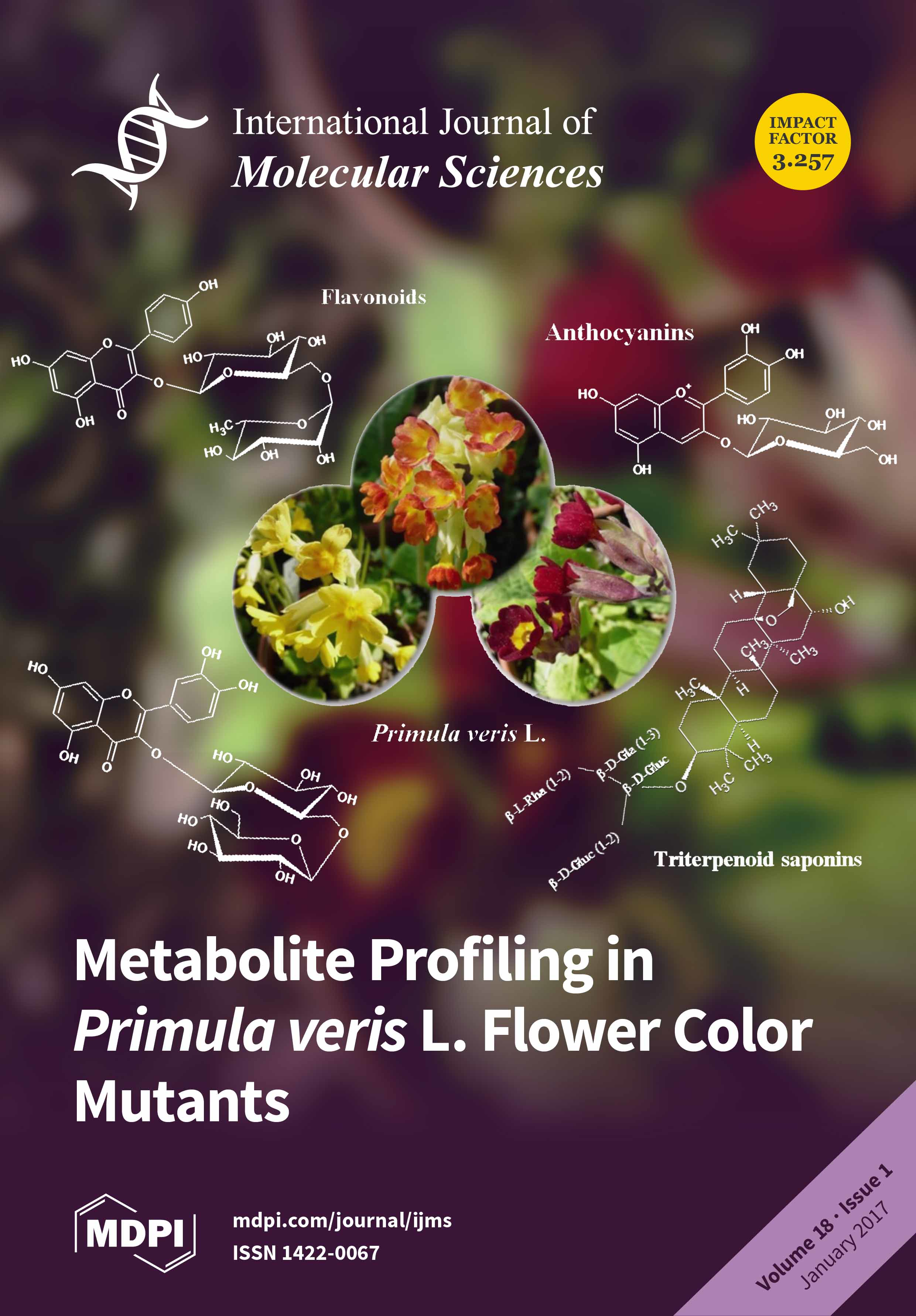Octamer-binding transcription factor 4 (Oct4) is a member of POU (Pit-Oct-Unc) transcription factor family Class V that plays a crucial role in maintaining the pluripotency and self-renewal of stem cells. Though it has been deeply investigated in mammals, its lower vertebrate homologue, especially
[...] Read more.
Octamer-binding transcription factor 4 (Oct4) is a member of POU (Pit-Oct-Unc) transcription factor family Class V that plays a crucial role in maintaining the pluripotency and self-renewal of stem cells. Though it has been deeply investigated in mammals, its lower vertebrate homologue, especially in the marine fish, is poorly studied. In this study, we isolated the full-length sequence of
Paralichthys olivaceus pou5f3 (
Popou5f3), and we found that it is homologous to mammalian
Oct4. We identified two transcript variants with different lengths of 3′-untranslated regions (UTRs) generated by alternative polyadenylation (APA). Quantitative real-time RT-PCR (qRT-PCR), in situ hybridization (ISH) and immunohistochemistry (IHC) were implemented to characterize the spatial and temporal expression pattern of
Popou5f3 during early development and in adult tissues. Our results show that
Popou5f3 is maternally inherited, abundantly expressed at the blastula and early gastrula stages, then greatly diminishes at the end of gastrulation. It is hardly detectable from the heart-beating stage onward. We found that
Popou5f3 expression is restricted to the adult gonads, and continuously expresses during oogenesis while its dynamics are downregulated during spermatogenesis. Additionally, numerous
cis-regulatory elements (CRE) on both sides of the flanking regions show potential roles in regulating the expression of
Popou5f3. Taken together, these findings could further our understanding of the functions and evolution of
pou5f3 in lower vertebrates, and also provides fundamental information for stem cell tracing and genetic manipulation in
Paralichthys olivaceus.
Full article






